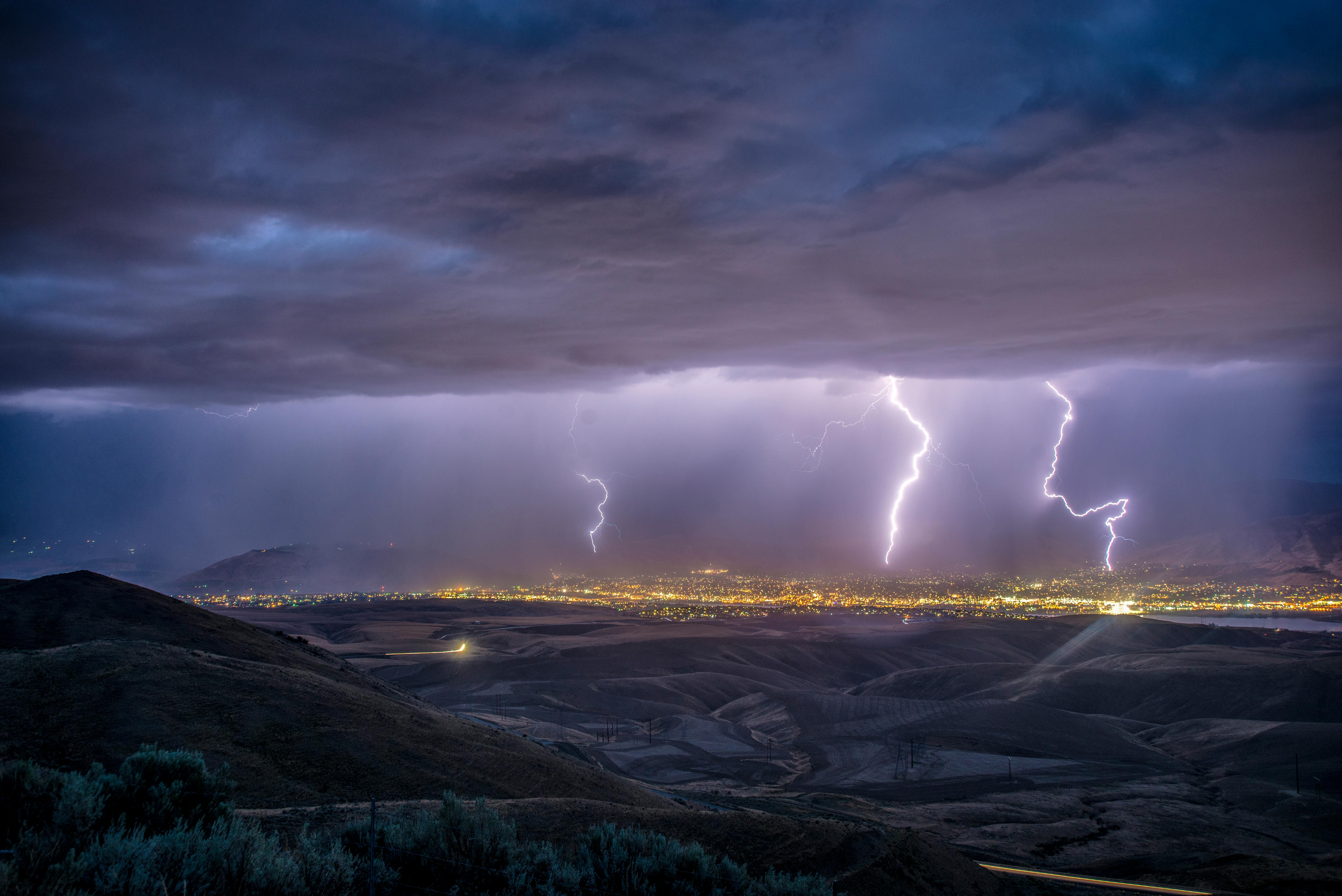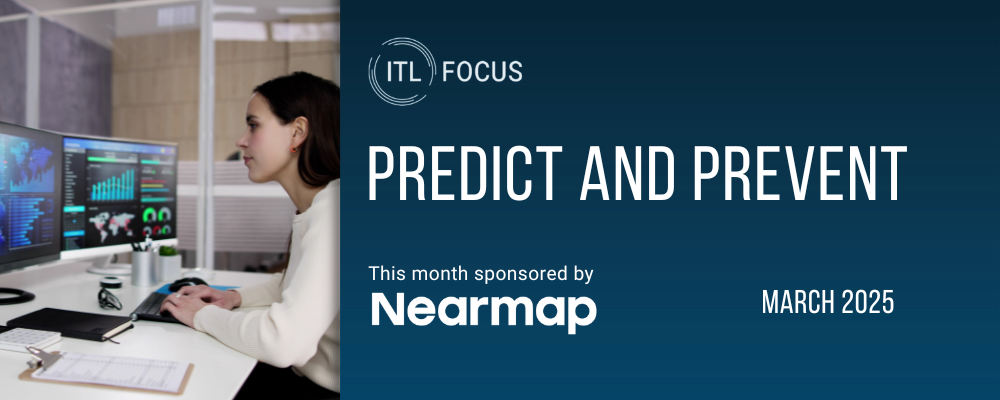It's been a century since the Great Miami Hurricane barreled into Florida in 1926, killing 372 people, injuring 6,000 and transforming the up-and-coming tourist destination around Miami into a wasteland of shredded palm trees and wrecked buildings.
This destructive storm helped drive Swiss Re's U.S. business to a loss that year, according to our corporate archives. Based on more recent exposure data, Swiss Re Institute simulations indicate losses from the Great Miami Hurricane would have eclipsed those of Hurricane Katrina, which hit New Orleans 20 years ago, and Harvey, Irma and Maria in 2017.
Understanding and preparing for hurricane season
As risk modelers at Swiss Re, we have a natural interest in historic catastrophes like the Miami hurricane. They provide a glimpse of what Mother Nature can unleash, then and now, and why those living in exposed geographies should incorporate risk awareness into their decision-making.
But hurricane forecasters suggested recently there's another reason this year to consider the hurricane season of 1926: When Colorado State University (CSU) experts released their early forecast for the coming Atlantic hurricane season, they wrote that it exhibits characteristics similar to those that prevailed when the Great Miami Hurricane came ashore.
Warm sea surface temperatures and a predicted transition from El Niño to La Niña conditions at the peak of the June-through-November season favor hurricane formation and intensification. In fact, CSU forecasters conclude that the 2024 hurricane season's characteristics roughly align with not only those of 1926 but also 1878, 1998, 2010 and 2020, all of which were active.
See also: Lessons From Florida's Hurricane 'Mean Season'
Forecasting the fury
Of course, forecasts can change considerably.
CSU acknowledges their April forecasts have the lowest level of "skill" ,or predictive power, compared with those issued later in the season. Additionally, we know annual hurricane losses are driven by individual hurricanes, not overall activity.
However, more recent assessments, such as the one released by the National Oceanic and Atmospheric Administration in late May, also predict an above-normal hurricane season, with activity levels similar to those of CSU's April forecast.
All else being equal, CSU experts' "higher-than-normal confidence" in their early forecast for a very active season is at minimum a timely reminder that insurers and companies should be focused on what coming months may bring, and the importance of being ready for whatever materializes.
Powered by AI
This pursuit – helping insurers and corporate clients prepare for the worst, even as we hope for the best – has driven development of Swiss Re's Rapid Damage Assessment platform. The tool lets clients develop a catastrophe response strategy for hurricanes and other perils by automatically monitoring probable impacts of an event with help from proprietary Swiss Re models.
After a storm's landfall, our platform delivers high-definition satellite and aerial images of affected properties. Aided by artificial intelligence to gauge damage severity, individual inspections can be prioritized quickly and triaged remotely to reduce expense and claims leakage and create loss reports for faster, more accurate settlements.
Accelerating the claims process reduces costs by helping speed repairs before resources become stretched or affected by construction inflation. Faster claims handling spares customers long waits, boosting brand loyalty.
When any catastrophe unfolds, moving quickly is critical to serve those facing a potentially difficult recovery, while simultaneously containing adjustment expenses and minimizing the claims cycle time to keep customers satisfied and fulfill strict regulatory requirements.
See also: The Hurricane Forecast Keeps Getting Darker
What matters: Being ready
Hurricanes remain a larger-than-life, difficult-to-forecast phenomenon that test our understanding of weather, much like fast-forming Hurricane Otis did a year ago before slamming into Acapulco. Sometimes, they seem calculated to cause maximum damage. Other times, they swirl around almost harmlessly before heading back out to sea.
With climate change, Atlantic hurricanes may decrease in number while the proportion of storms that reach Category 4 or 5 intensity may increase, scientists say, though there's uncertainty over these projections. Studies do project tropical cyclones will produce more rainfall, with coastal inundation seen increasing as sea levels rise.
What's important to remember is fierce individual storms can always cause record losses if they strike valuable assets concentrated in harm's way. In 2022, when Hurricane Ian ploughed through densely populated Fort Myers on Florida's Gulf Coast to become one of history's costliest natural catastrophes, hurricane activity for the year was only about average.
Forecasts aside, insurers and companies active in vulnerable regions need the right tools and technology to prepare for and respond to nearly every eventuality. Whether natural catastrophes conform to experts' expectations or defy them, what matters most is being ready, wherever and whenever they come.







